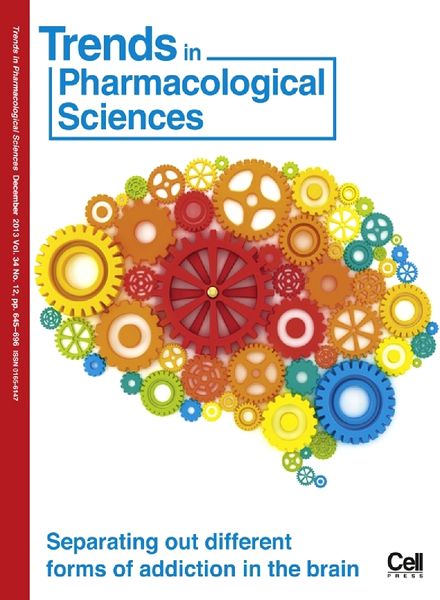
“…the Cannabis sativa herb has been known for its therapeutic benefit for centuries… interest in the clinical potential of cannabinoid-based drugs escalated after the discovery of the endocannabinoid system… therapeutic applications of cannabinoids (plant-derived or synthetic)… may constitute a useful addition to the pharmacotherapeutic armamentarium in chronic conditions insufficiently alleviated by existing drugs.” http://www.ncbi.nlm.nih.gov/pubmed/22646020
“The endocannabinoid system and its therapeutic exploitation.” http://www.ncbi.nlm.nih.gov/pubmed/15340387
“Cannabinoid receptors as therapeutic targets.” http://www.ncbi.nlm.nih.gov/pubmed/16402900
“Cannabinoids.” http://www.ncbi.nlm.nih.gov/pubmed/16266285
“Plant, synthetic, and endogenous cannabinoids in medicine.” http://www.ncbi.nlm.nih.gov/pubmed/16409166


